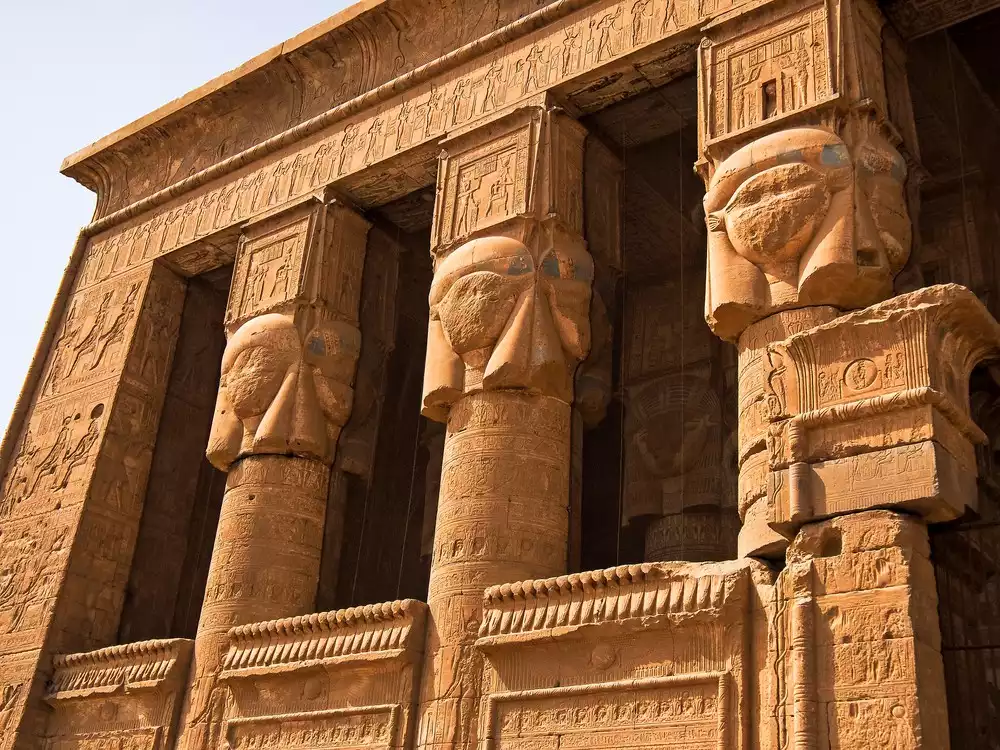The Temple Of Montuhotep II
Montuhotep II is regarded as the first Pharaoh of the Middle Kingdom and was a ruler during ancient Egypt's eleventh dynasty. He is credited with having united Egypt and ruled for 51 years. He put an end to what is called the intermediary Kingdom of the Egyptian civilization.
Montuhotep II's most ambitious project was his Mortuary Temple. In fact, it is interesting to note that his temple shows designs and methods of construction that were far different than those of his predecessors.
Location of Montuhotep II's Temple
Montuhotep II’s tomb is located on the bank of Thebes. Most of the rulers of the eleventh dynasty had a tomb located in this area.
Moreover, his own ancestors have buried not quite far away from him. In keeping with tradition, Montuhotep also built his burial chambers in the footsteps of his predecessors.
Innovations In The Temple
Archeologists and researchers have found that more than any architectural or constructional changes, the Mortuary Temple of Montuhotep II exhibits religious changes. Its depictions show the King only receiving offerings from people so that he gets a well-deserved afterlife, but he himself is also indulging in various offerings to please the many Egyptian Gods so that he gets a better afterlife.
The temple has reflections of worshiping the Egyptian god of the dead, Osiris. The décor, paintings, architectural innovations, rituals, and offerings have been arranged to focus on Osiris.
This trend was first started by Montuhotep’s Mortuary Temple and later followed by many other Pharaohs.
The décor is delicately crafted by Theban artists and is in pure contrast to the tombs of Montuhotep II's wives that were built keeping in mind the conventions of the Old Kingdom.
Discovery
According to Egyptologists, researchers, and archeologists, the tomb was covered in sand for the entire 19th century. In fact, it was a lost tomb in history. However, in 1859 the tomb of one of Montuhotep II's wives was found which led archeologists to believe he was nearby. They were not disappointed as they discovered various statues, burial chambers, storerooms, and auxiliary graves and at last, in 1898, they found the black statue of the Pharaoh himself. Later expeditions were made in 1903-1907, 1920-31, and 1967-71 – all by various discoverers who had been funded by different organizations. Their experiences, findings, and research have been separately penned in various volumes. The vast knowledge and discoveries that they made gave the world a huge amount of information about Montuhotep II and his tomb.
Discovery
As is common in most of the Mortuary Temples of great Pharaohs, Montuhotep II's also boasted a causeway, the temple itself, a courtyard, and numerous storerooms. The temple itself was two-tiered: with the inner and outer sections. The inner temple was higher up in the valley, while the outer temple was nearer to the Nile. The courtyard had a unique garden, and the causeway connected the temple and the courtyard and was decorated with statues.




















